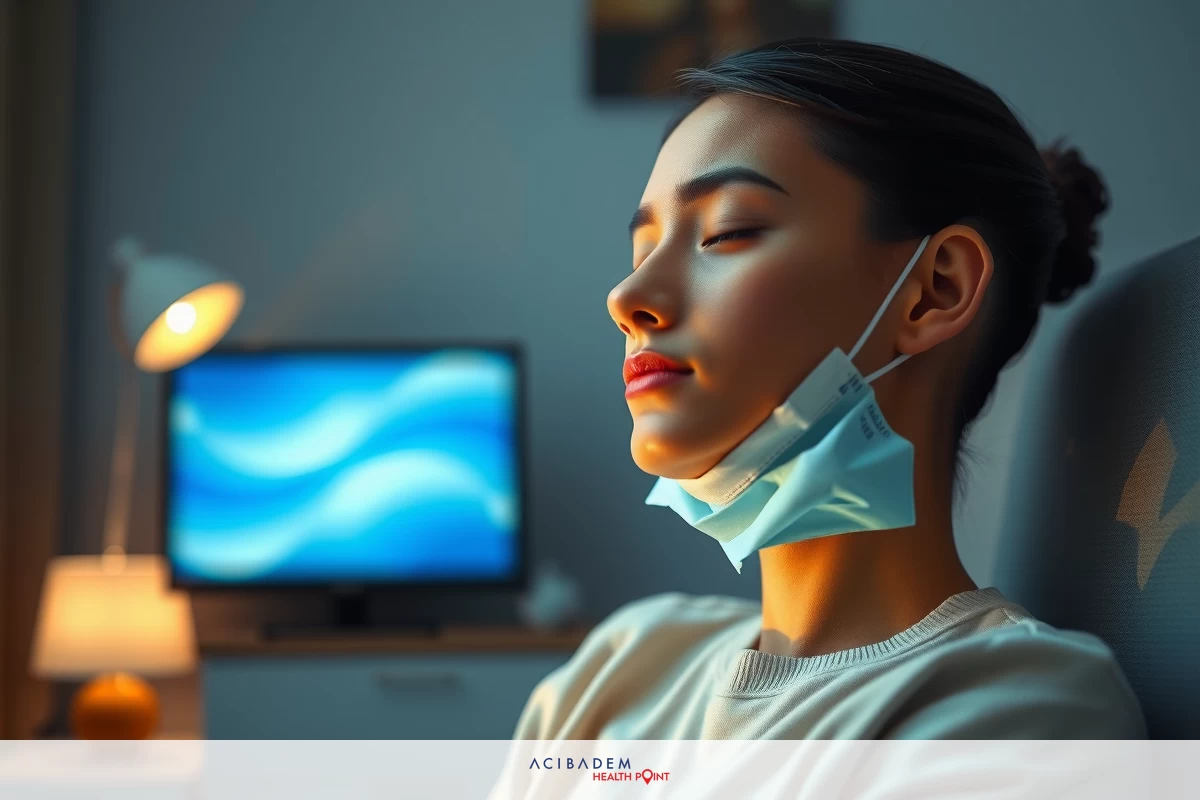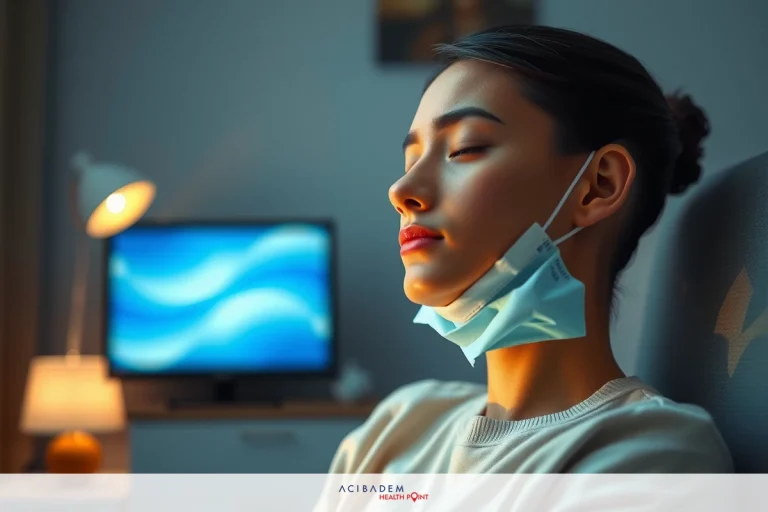How Do You Fix Dry Eyes After LASIK
How Do You Fix Dry Eyes After LASIK LASIK surgery, often leaves patients grappling with dry eyes. Postoperative eye care focuses on alleviating this discomfort and promoting healing. Artificial tears serve as a vital component of this routine, mimicking natural tear composition to provide moisture and stave off irritation.
Further measures for relief include the application of warm compresses, an age-old practice finding its place in modern therapeutic strategies. These help stimulate tear production while offering relaxation from constant screen usage, a known exacerbator of dry eyes symptoms.
How to reduce eye strain can also offer significant respite. The digital age exposes our eyes to screens more than ever before, be it smartphones, laptops or televisions—which strains them immensely. Learning effective ways to minimize such strain is not only beneficial post-LASIK but also serves as an important eye health strategy in general.
How Do You Fix Dry Eyes After LASIK Using Artificial Tears
Artificial tears, a common yet effective solution to dry eyes following LASIK surgery, have proven their worth in numerous instances. By mimicking the natural composition of our tears, they lubricate and hydrate the eye surface—providing significant relief from dryness-related discomfort. The pivotal role these drops play in post-LASIK care cannot be overstated.
The application process for artificial tears is straightforward and convenient, a few drops as per directions or whenever you feel discomfort should suffice. It’s crucial to ensure that you’re using preservative-free versions of these products. Preservatives might cause additional irritation—an unwelcome scenario when dealing with already sensitive post-surgery eyes.
Despite being over-the-counter products, consulting your eye care professional before incorporating them into your routine can prove beneficial for example; some people may need more frequent applications than others depending on the severity of their symptoms. While artificial tears provide immediate relief it is equally important to remember they are not a cure for dry eyes but rather an aid in managing symptoms effectively after LASIK treatment.
Applying Warm Compresses
Applying warm compresses can be an effective and soothing technique to manage dry eyes after LASIK surgery. The warmth from the compress encourages tear production, a key factor in maintaining eye hydration. In addition, it aids in unclogging meibomian glands—tiny oil-producing glands on our eyelids that help prevent rapid evaporation of tears.
The process involves nothing more complicated than soaking a clean cloth in warm water and placing it over closed eyes for several minutes at a time. Some prefer to use specifically designed eye masks or pads. Which also work effectively as long as they maintain the desired temperature safely. It’s important to remember though, when using any form of heat around your eyes—comfort is paramount.

While this method provides symptomatic relief post-LASIK—it does not replace professional advice regarding prolonged symptoms of dryness. Just like artificial tears, warm compresses are part of symptom management rather than being a complete treatment solution for dry eyes following LASIK surgery. Thus, regular consultations with your eye care professional remain crucial even if these methods provide temporary relief.
Avoiding Eye Strain
Eye strain, particularly digital eye strain from prolonged screen time, can exacerbate dry eyes after LASIK surgery. It’s therefore prudent to learn effective ways of reducing this strain not only as a part of post-LASIK care but also for long-term eye health. Implementing small changes in your daily routine can go a long way towards achieving this.
One such change is practicing the 20-20-20 rule—an easy-to-follow method wherein you look at something 20 feet away for 20 seconds every 20 minutes spent looking at a screen. This simple strategy helps break the continuous gaze on screens and gives your eyes much-needed rest intervals. Equally important is ensuring that your workspace is well-lit and ergonomically arranged to minimize visual stress.
Adjusting screen brightness and text size according to comfort levels or even using blue light filters are other practical measures worth considering. While these steps help manage symptoms by reducing unnecessary additional stress on your eyes. They do not replace professional advice or treatment protocols for managing dry eyes following LASIK surgery. Regular check-ins with your eye care provider remain indispensable throughout this process.
Frequently Asked Questions
How long will dry eyes last after LASIK surgery?
Typically, dryness after LASIK surgery improves within a few weeks to months. For some people, it can persist longer. Regular follow-ups with your eye care professional are essential during this period.
Can artificial tears completely cure my dry eyes post-LASIK surgery?
Artificial tears provide relief by lubricating and hydrating the eye surface but do not offer a complete cure. They manage symptoms effectively rather than rectifying the underlying cause of dryness.
Are warm compresses safe to use after LASIK surgery?
Yes, when used appropriately—warm compresses enhance tear production and help alleviate discomfort related to dry eyes. Comfort is paramount when dealing with warmth around your eyes.
What other measures apart from using artificial tears or warm compresses can I adopt in managing my post-LASIK dry eyes?
Avoiding excessive screen time or implementing measures like the 20-20-20 rule can substantially reduce digital eye strain—an exacerbator of dry eyes. Adjusting screen brightness levels and ensuring an ergonomically friendly workspace also contribute towards reducing visual stress.








